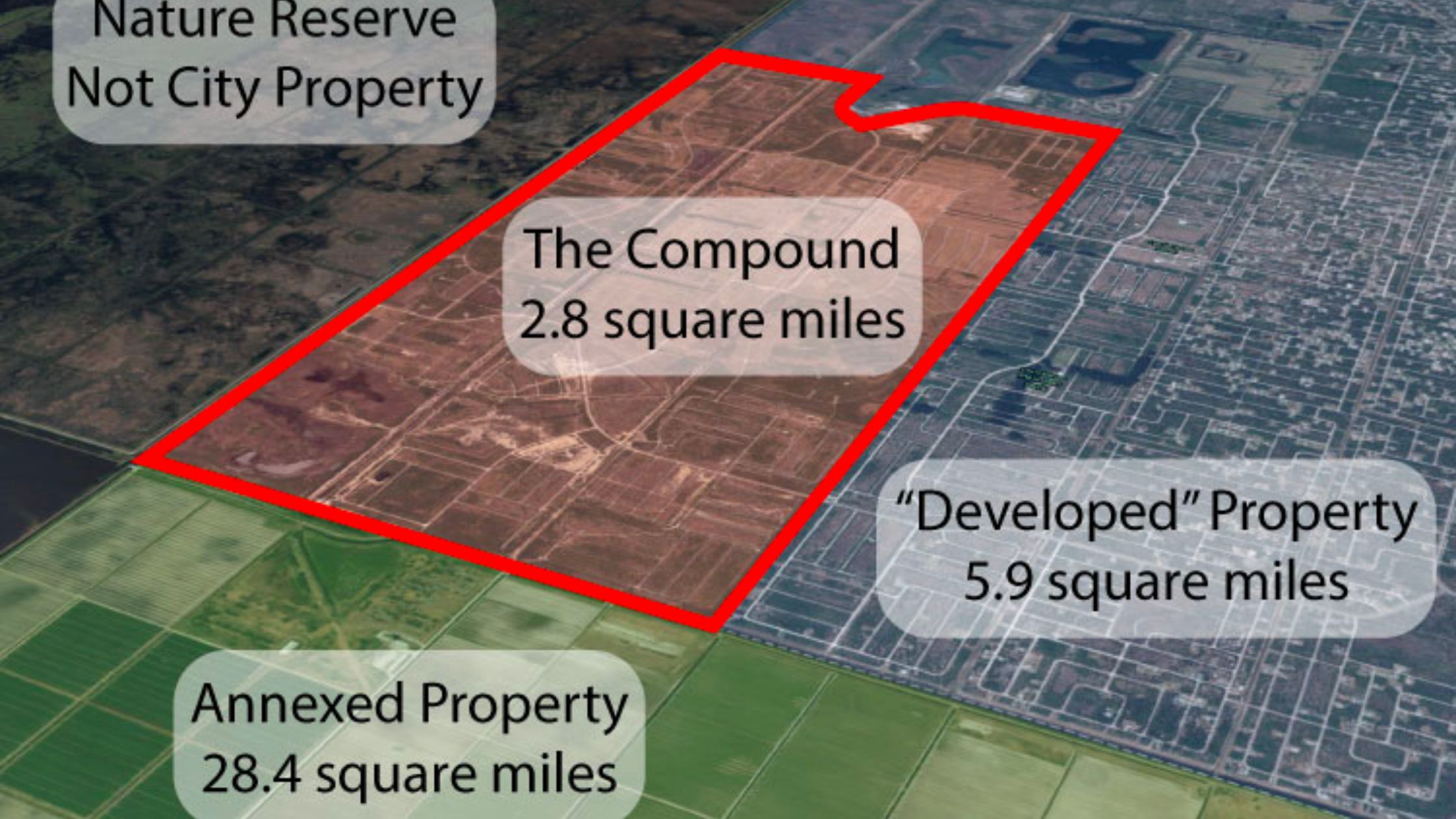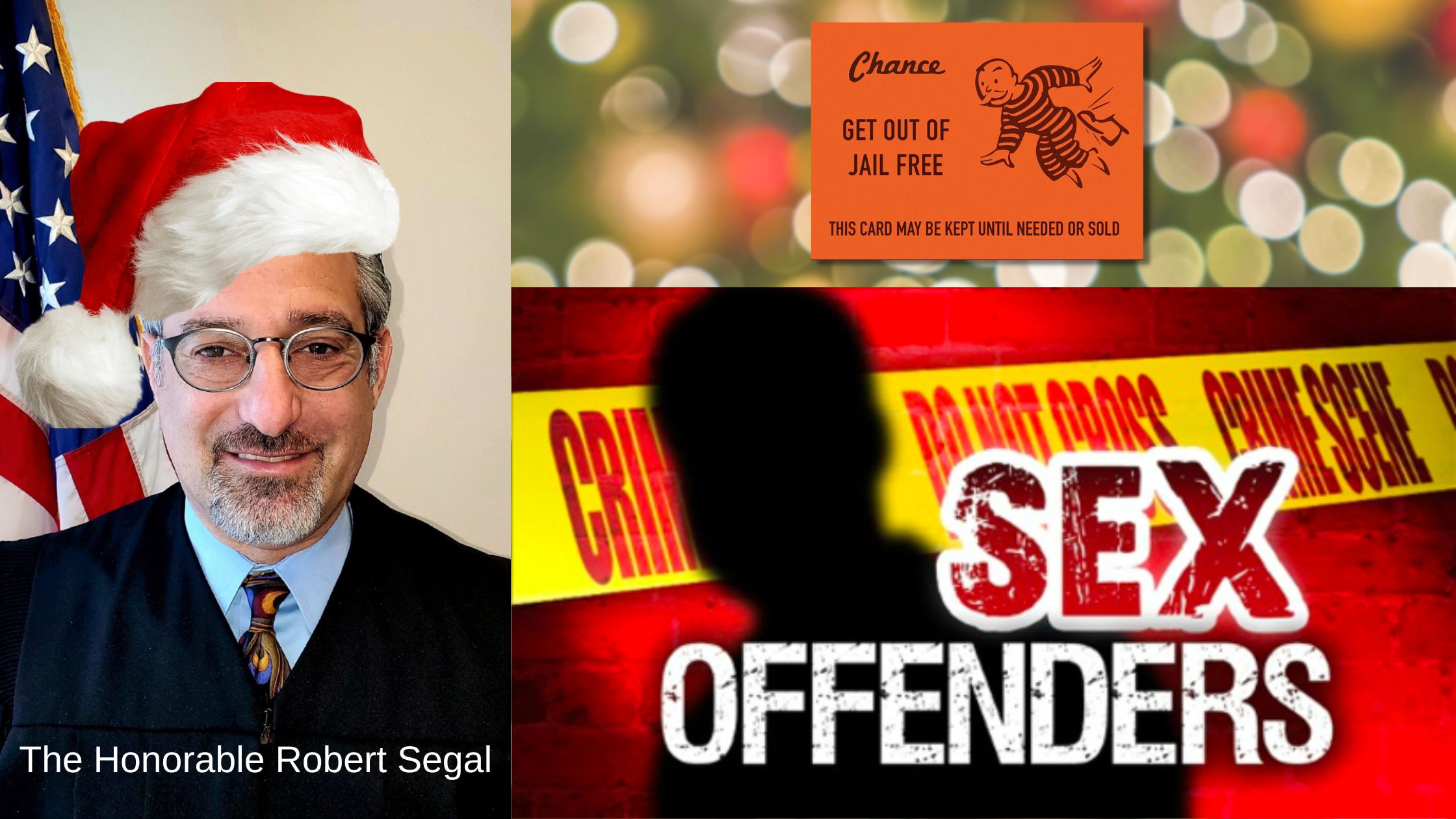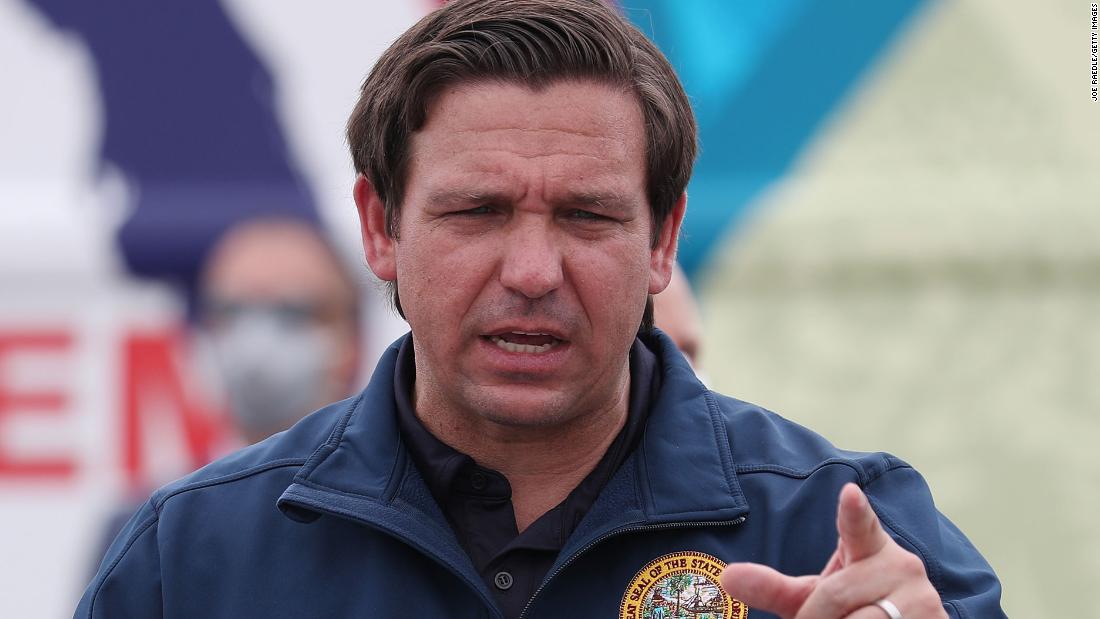“The bravest thing I ever did was continuing my life when I wanted to die.” – Juliette Lewis
The topic of suicide is one that has been recently discussed in our community and spread all over social media, after the recent passing of a first responder to self-inflicted harm. It might be a good time to discuss this topic from a more in-depth perspective, and to invite some genuine discourse in productive ways.
The choice to end one’s life is a devastating choice which ripples out to affect a number of extended relationships. As a counselor, I have sat with mothers who have lost their children to this choice, as well as family members, significant others, friends, and coworkers. Those left behind are left frozen in the wake of the emotional fall out which inevitably presents following the loss of their loved one to self-harm. I often sit silent while a person cries or sobs, or sits paralyzed and staring off into space, and my thoughts cannot help but wander to the questions— Did this person realize what they were doing when they left? Would that knowledge have changed the outcome? How am I, a mere woman in a softly lit room with a box of Kleenex being trusted by the Divine to hold this space for this person? What could I possibly do in this time? And the answer to that question comes—- I can do nothing. I can only be here, to hold a hand, to wipe a tear, sometimes even to embrace that person while they fall apart in my arms screaming into their own darkness,“How can I go on?” I can do nothing. It is a powerless feeling I have personally experienced far too many times in this sleepy beachside town. And one I naively wish to never experience again.
Even without personal knowledge of the loved one lost, the stages of grief are experienced by the entire community. Many times, I encounter a feeling of anger in others; anger masked as self-righteous answers. “They were sick.” “They were selfish.” “They committed a sin.” And to that I simply answer— they were human.
Human-ing is something I’ve learned is more difficult than we all are ready to admit. Human-ing means being present with ourselves, utilizing our electrified fat ball to develop and move our electrified meat suit around this rock while we catapult through space. You see? Being a human is basically inhabiting a computer that has been programmed over the course of our lives which shapes the way in which we see and experience the world around us. We are not responsible for what happens to us, but we are responsible for what we do with what happens to us. Human-ing means experiencing the pains of life and being forced to face “stuff” that no one should have to face and yet somehow having to rectify and reconcile that pain in a way that propels us constantly forward. It means walking through loss, heartache, fear, and disappointment, and somehow figuring out a way to not let it change us into people who propagate further hurt for others. It means recognizing we are not perfect, we make mistakes, and that if we are defined by our greatest achievements, we are also conversely defined by our greatest failures. Failing is part of this human experience, and it is failing that teaches us to be humble and grateful for the life we get. Our culture has some sick obsession with parading around the darkest moments of one’s life and using it as a label to identify a person and holding it over our heads as if it is all that matters. We, as a society, are failing each other when we discuss the idea of someone leaving this life as if we have it figured out, when our own behaviors contribute to the ongoing pain and frustrations of living in this world. If we truly had it figured out, I would venture to say, we would behave much differently. Alas, we are the problem, but thankfully, we are also the solution. I often hear a number of quips, and statements, sentiments, condolences, and adversarial positions when it comes to the topic of suicide. With the invention of social media, it is virtually impossible to escape being exposed to an onslaught of messages related to what is going on when someone chooses to end their life. As a community, we struggle to even hold decent and honorable conversations over such things as lagoon regulations, educational access, or any other type of hot button issue, and we are doing a disservice to our community when we conduct ourselves in these ways with failure to recognize that the people we attack are fighting their own personal battles. Remember, we are all just trying to steward these electrified fat balls controlling our meat suits to the best of our abilities. None of us is more glamourous or important, and our responses in these moments should reflect a true acceptance of that.
It is best to remember that a life lost to suicide is one riddled with incredible pain. In fact, those who have survived an attempt share common themes of feeling as if their presence was a burden and that exiting was intended to be a graceful and merciful act to others to relieve them of their pain and the burden of carrying their pain with them. There are a number of other reasons why people might harm themselves, but the vast majority are trying to escape personal pain. When a person is struggling with pain, their emotions are biochemically crushing them, and any and every attempt to alleviate that pain is often unable to prevail over the insurmountable feelings of heartache that a life of human-ing can bring. The science points toward overwhelming evidence that emotional pain has similar biochemical responses in our bodies to physiological pain. Trauma begetting trauma, a person contemplating suicide looks around and realizes that it hurts others for them to share what is bothering them. We are all barely getting along at times, and in some instances, they’ve been explicitly told that their emotions are too much and a burden to their friends or family they have sought help from. Looking around and feeling even more disconnected from others, wholly misunderstood, the thought of relief of their own pain is the only thing they can focus on. Consider their emotional pain the same as physical pain. Have you ever known a person in so much physical pain they beg for relief? This is the frantic and chaotic nature of one contemplating ending their life. And just because that chaos is quiet, possibly even silent, doesn’t mean it is not there. Sparing the quips of “sin” and moral failings, a more accurately oversimplified answer is, “They wanted relief.”
In January of 2021, I had the serendipitous misfortune of witnessing a fatal car accident. The sights and sounds of that night were haunting, and being a mental health professional, I knew right away I needed to address this experience. I contacted a colleague and immediately scheduled a session of Eye-Movement Desensitization and Reprocessing (EMDR). This treatment is specifically designed to address trauma, and geared toward assisting the brain in resolving unwanted distress related to incidents that happen to us humans; a reprogramming of the electrified fat ball, or computer brain. I knew I needed this targeted treatment because I was unable to sleep. I was emotionally “stuck” in what I saw. I had no personal connection to the victims that evening, but for some reason it “meant” something to me. It challenged my feelings of safety as a citizen, a friend, a mother, and tapped directly into a very personal insecurity of failure I have from early childhood. It made me question my personal safety. The event rendered me unable to eat and my nights were left with me shooting up shortly after drifting off to sleep because the accident had once again, replayed in my mind and my body could not tolerate the chemical reactions associated with the fear I had so tangibly felt that night. After two sessions of EMDR over five days, I was able to rest again. I returned to normal levels of functioning and made some “sense” of that exposure to a trauma.
One of the thoughts I had that evening, when I fell apart in my front yard after driving home after the accident was, “I am supposed to be the one who helps people through these situations. I’m not supposed to experience them.” That belief led to other thoughts associated with my first responder friends and clients. If this is how “I” am experiencing witnessing one traumatic event, what is it like for them whose calls all shift long are these types of events? Who is caring for them? What are they believing about this human-ing they are having to do as they watch others having violent experiences as humans? They are just humans too with their own struggles and relationship problems, financial stressors, and exposures to repeated traumas.
Hopefully, we will collectively awaken from the slumber which convinces us that suicide is a moral failing and not a societal responsibility. Hopefully we, as a community, can refrain from some of the tone def rhetoric and comments about having it all figured out. Maybe you do have it all figured it, but I’m sure that you’ve had a dark day or two, and you know what it means to experience heartache and loss. And I would hope that as we approach the suicide conversation, we do so with the tenderness we deserved on those dark days, whether we received it or not. Hopefully we will learn to navigate our conversations in such a way that brings compassion and support for someone who might be hiding behind a keyboard as they type their responses or make their points, or possibly are even just lurking. It is my hope that those considering the end of life will be inspired by those of us who have figured some of this human-ing out, and that our wisdom, our humility, and our gentleness would dare them to dream of walking through their pain in a way that brings about later relief. To them I say, “Hang in there. I promise we can make this better.”
The most important aspect of this conversation is help. Where is it? How do I access it? I’ve witnessed people comment about failing mental health care systems and overpriced care. And to that I say, I get it. Our society has viewed mental illness as a taboo subject and allocated few resources to access. But simply sitting here and complaining does nothing to help this very real community wide problem. You may not be the answer or hope, but I assure you that we can all do a better job of bridging the gap toward access to the answer, or the hope. I want to make sure we all know there ARE resources and for us to learn to access them- for ourselves, and for our loved ones.
- -On July 16, 2022, a new emergency number will be rolled out nationwide by the National Suicide Prevention Lifeline. 9-8-8 will operate like 9-1-1 for physical emergencies. 9-8-8 will connect directly to the support line.
- http://www.psychologytoday.com is a website to assist you in locating counselors in your area and with your preferences of modality, insurance plans accepted, and demographics.
- -BetterHelp, Cerebral, TalkSpace, Open Path are all resources for reduced fee or affordable online counseling and can accessed with a cursory google search.
- -University of Central Florida Community Counseling and Research Center (CCSR) offers free counseling from students on a semester basis. They offer teletherapy and in person counseling in Orlando. (407) 823-2052.
- -Many fulltime employees have access to something called Employer Assistance Programs (EAP) which allows for an allocated number of free sessions with a local counselor.
- -In Brevard County, Circles of Care (321)722-5200, Palm Point Behavioral (321) 603-6550, and Brevard Health Alliance (321) 241-6800, all have counseling resources and sessions available.
- https://suicidepreventionlifeline.org/ has a number of resources to explore.
Overall, we should all recognize the need for sensitivity and care around this topic. But honestly- the topic is deeper than just this one discussion. It is the responsibility of each of us to create an environment and a society in which people experience fewer instances of emotional pain. We all have a responsibility to each other to handle our own pain in ways that do not bleed over onto others. I have the distinct honor of being one of the local clinicians who sits in that dimly lit room with my box of Kleenex to assist my community in reconciling the pain associated with this life we are all living— human-ing together with them. I have the joy of helping move from insurmountable pain, to coping, to eventually, relief. I get to hear people say, “Because of you I did the scariest thing I’ve ever done……I chose to live.” I don’t know why I was gifted with this distinct honor, but I relish it. And I hope that one day, I would have influenced my society in a way that they conduct themselves in habits that I no longer have a job, because we are all shouldering the burden of support for each other and doing our part to make this world a better place. I hope we will all find the ways in which we can give “Hope” an opportunity to plant its roots in the hearts of those that are suffering. Be the reason someone dares to dream of a life beyond this pain they are currently experiencing. May we all be a beacon of light that helps those lost in dark places. May we all speak life over those we see hurting. And may we all bridge the gap between devastation to sweet, sweet relief.
~Dr. Kristin Wallace

Dr. Kristin Wallace is a board-certified mental health clinician with a degree in marriage and family therapy from the University of Central Florida, and with a PhD in Psychology from Capella University. She is nationally certified child custody evaluator and forensic mental health provider. She currently works full time in private practice in Satellite Beach, Florida, working with high conflict families and conducting social and forensic investigations. She is an adjunct professor for the University of Central Florida in the clinical mental health program for master’s level counselor education students. She serves on four professional boards here in Brevard County (Space Coast Mental Health Counselors Association, Counselors for Change, Postpartum Support Network, and Brevard Collaborative Association). She is a wife and a mother to six children. Dr. Wallace’s life’s goal is to inspire others to live their best lives, and to positively impact her community with that work.




